Episode 205: Planning transitions and revealing habits
October 19, 2022/
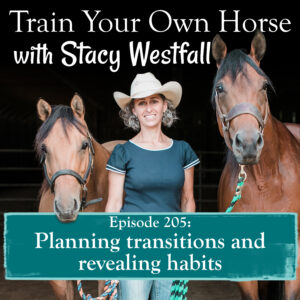
You have two choices when riding; plan your transitions or ride reacting to what is happening.
Planning your transitions when riding involves the mental transition as well as the physical transition.
Mental transition: “I will begin there”
Physical transition: change of gait, change of bend, etc.
Planning may sound tedious or boring, but the benefits include:
planning increases your awareness of your habits
planning increases your awareness of your horse’s habits
planning will smooth out your transition
Listen to learn how increasing your focus in this area can help you create your training plan and advance your riding.
SUBSCRIBE TO THE PODCAST HERE:
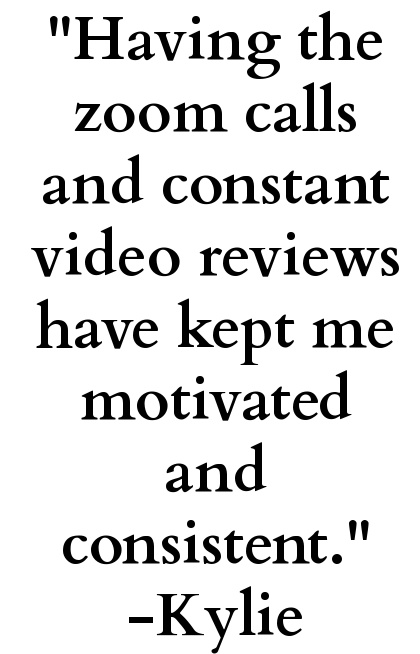
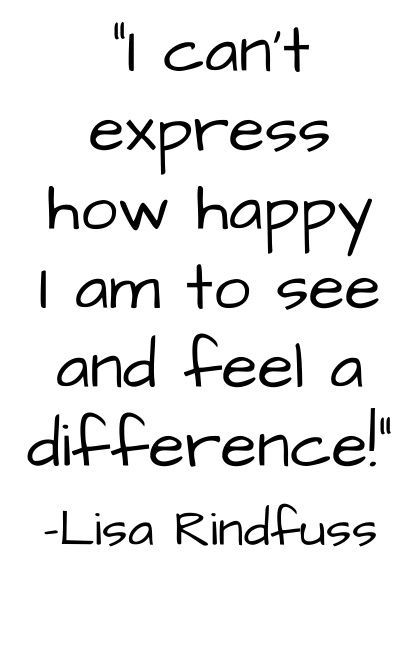
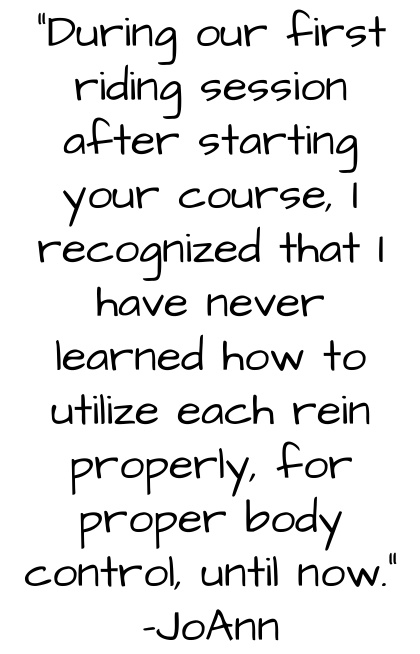
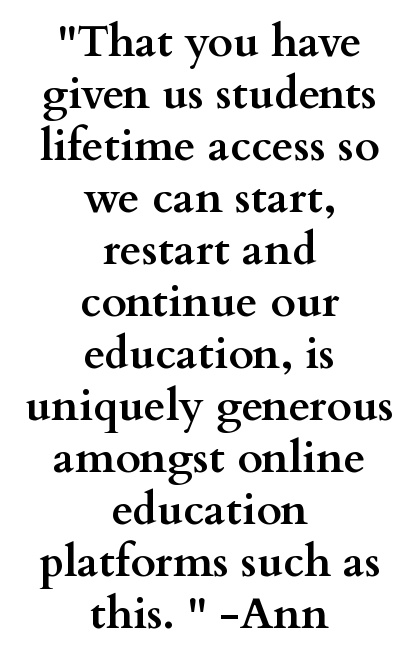
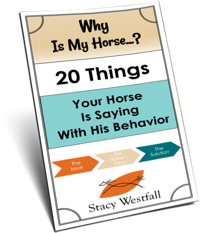
YOURS FREE
WHY IS MY HORSE...?

